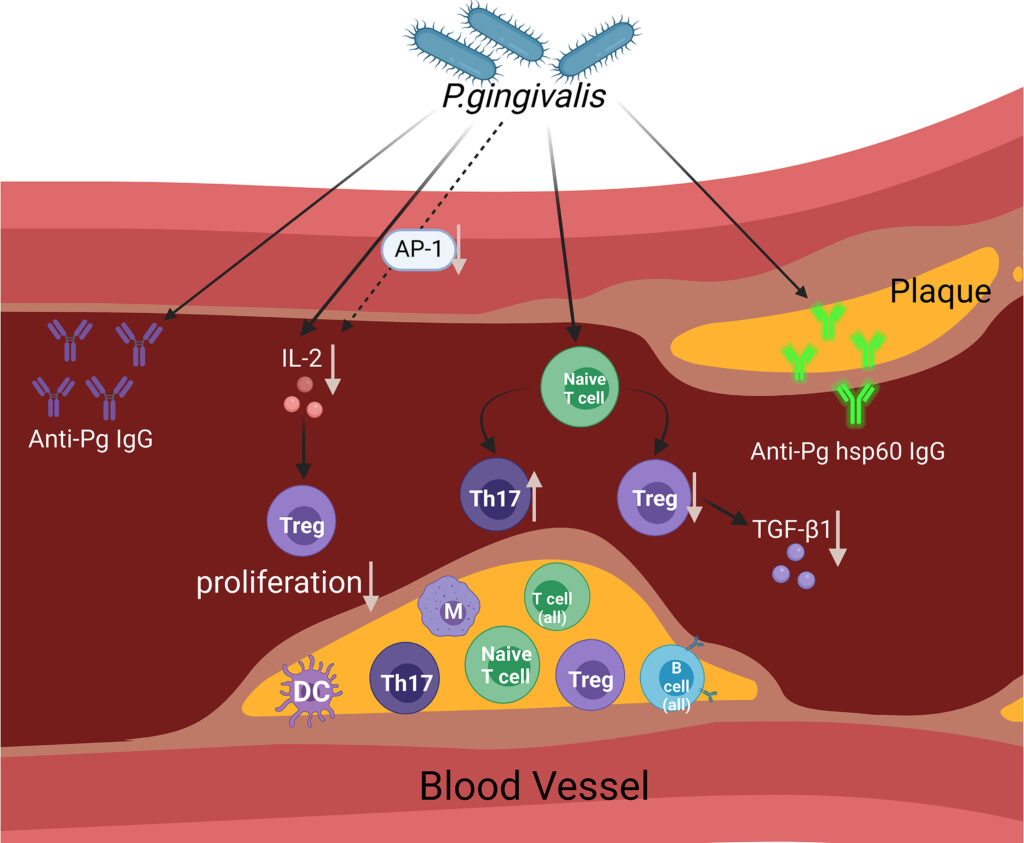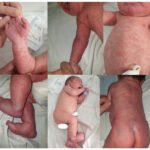Septic abortion refers to an abortion, either spontaneous or induced, that becomes complicated by infection of the uterus and surrounding structures. Anaerobic bacteria, including Porphyromonas species, are critical contributors to severe septic outcomes. These gram-negative, obligate anaerobes typically inhabit the oral cavity, gastrointestinal tract, and female genital tract, and their involvement in post-abortion infections can lead to rapid clinical deterioration if untreated.

Porphyromonas: An Overview of the Pathogen
Porphyromonas is a genus of pigmented, anaerobic, non-motile gram-negative bacilli. While best known for its role in periodontal disease, several species such as Porphyromonas asaccharolytica and Porphyromonas endodontalis have been implicated in gynecologic and intra-abdominal infections. Their pathogenicity is enhanced by:
- Capsular polysaccharides that inhibit host immune responses
- Proteolytic enzymes that facilitate tissue invasion
- Endotoxins contributing to systemic inflammatory response
These properties make Porphyromonas a significant pathogen in septic abortions, particularly in settings of unsafe or incomplete abortion procedures.
Risk Factors for Septic Abortion Due to Porphyromonas
- Non-sterile abortion procedures
- Retained products of conception
- Inadequate uterine evacuation
- Prolonged rupture of membranes
- Use of intrauterine instrumentation
- Delayed access to medical care
- Immunocompromised state
Clinical Manifestations of Septic Abortion from Anaerobic Pathogens
The presentation of septic abortion caused by Porphyromonas is typically acute and rapidly progressive:
- Fever (>38°C)
- Lower abdominal pain
- Foul-smelling vaginal discharge
- Heavy vaginal bleeding
- Uterine tenderness
- Signs of systemic toxicity: tachycardia, hypotension, confusion
- Sepsis or septic shock in advanced cases
If not promptly addressed, the infection may lead to peritonitis, bacteremia, and multi-organ failure.
Diagnostic Workup for Septic Abortion with Suspected Porphyromonas
Clinical Assessment
- Thorough obstetric and surgical history
- Pelvic examination to evaluate cervical status, discharge, and uterine tenderness
Laboratory Investigations
- CBC: Leukocytosis or leukopenia, thrombocytopenia
- Blood cultures: Anaerobic and aerobic
- High vaginal swab/cervical culture: To isolate Porphyromonas species
- CRP and Procalcitonin: Inflammatory markers
- Serum lactate: Indicator of tissue hypoperfusion
- Beta-hCG: Confirm pregnancy status if unclear
Imaging
- Transvaginal ultrasound: Detect retained products of conception, intrauterine fluid, or abscess
- CT scan (if unstable or suspected perforation): For evaluating pelvic spread or peritonitis
Antimicrobial Management: Empiric and Targeted Therapy
Empiric Therapy
Initiation of broad-spectrum antibiotics covering anaerobes is critical:
- Clindamycin + Gentamicin
- Or Ampicillin-sulbactam
- Or Piperacillin-tazobactam
Anaerobe-Specific Targeted Therapy
Once Porphyromonas is isolated:
- Metronidazole (500 mg IV every 8 hours) + Ceftriaxone or Ampicillin
Duration: 10–14 days depending on clinical response and source control
Surgical Intervention and Source Control
If there is retained intrauterine material or evidence of uterine necrosis, surgical management is imperative:
- Uterine evacuation: Via suction curettage or dilation and curettage (D&C)
- Laparotomy: If uterine perforation, abscess, or pelvic peritonitis is suspected
- Hysterectomy: In life-threatening or unresponsive infections
Complications Associated with Porphyromonas Septic Abortion
- Endometritis
- Pelvic abscess
- Septic shock
- Disseminated intravascular coagulation (DIC)
- Acute kidney injury
- Infertility
- Death (especially with delayed treatment)
Prompt initiation of antibiotics and uterine evacuation significantly reduces the risk of complications.
Prevention Strategies: Reducing the Risk of Anaerobic Septic Abortion
- Safe abortion practices under medical supervision
- Antibiotic prophylaxis for women undergoing surgical abortion
- Early recognition of post-abortion complications
- Access to reproductive healthcare in underserved regions
- Public health education to eliminate unsafe abortion practices
Prognosis and Recovery
The prognosis is favorable with early intervention. Most women respond well to antibiotics and uterine evacuation. However, delays in diagnosis can result in high morbidity and mortality. Follow-up care should include reproductive counseling, infection monitoring, and fertility assessments if warranted.
Septic abortion due to Porphyromonas is a serious yet preventable condition arising from unsafe or incomplete abortion practices. Its fulminant progression necessitates immediate clinical action, including targeted anaerobic antibiotic therapy and surgical source control. Emphasizing safe reproductive care and prompt treatment protocols is key to reducing the global burden of septic abortions associated with anaerobic pathogens.

